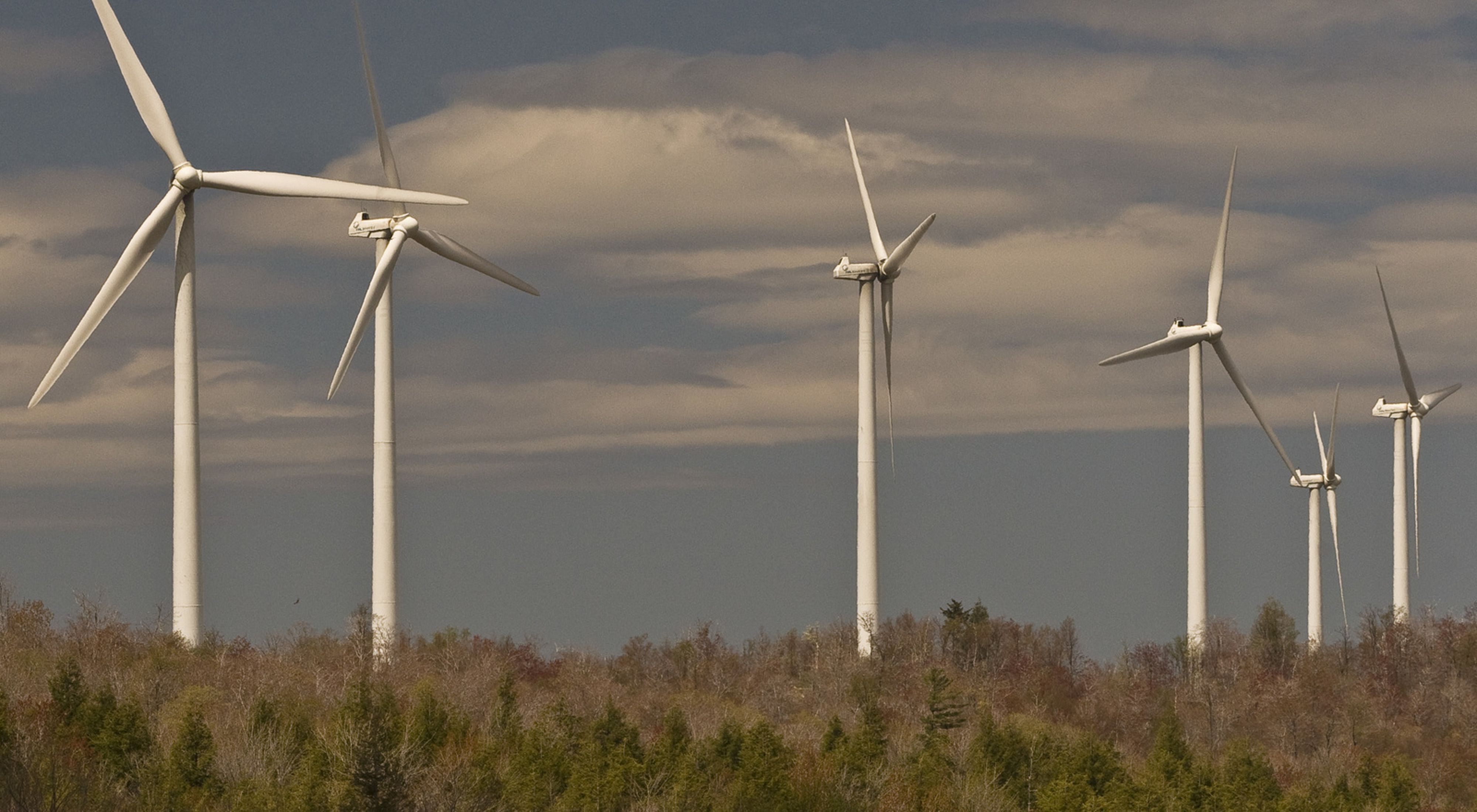The District of Columbia is encircled by I-495, a.k.a. the “Beltway,” a broad and busy highway that physically and metaphorically divides the nation’s capital from the rest of the country. It is often used as an informal shorthand recognizing that attitudes in Washington can often be different than the rest of America. Having lived on both sides of the Beltway, I can confirm that what seems like a cliché is often all too true, but recent polling data collected by The Nature Conservancy shows there is an exception to every rule.
Inside the Beltway, the Senate is considering a bipartisan compromise reached on the infrastructure bill. The bill would make significant investments in core infrastructure priorities—including roads and bridges, rail, transit, ports, airports, water systems and broadband—as well as investments in low- and no-carbon energy and transportation solutions and natural infrastructure like forests and wetlands. While full support from both sides of the aisle has been tricky and has changed by the day or hour, it appears the final bill includes investments that a majority of senators can get behind.
Get outside the Beltway, and ask Americans in places like Ohio, Arizona, West Virginia and Utah what they think about infrastructure, and things for once don’t look that different. We fielded polls in key states to look at how much people knew about the infrastructure bill and ask people what they thought of certain key proposals.
The polls were conducted by different firms, and the questions we asked weren’t the same in each state. And despite all this diversity there were some consistent things that we kept seeing.
Quote
Many of the most important climate-oriented policies being considered for the bipartisan infrastructure proposal had broad acceptance among the respondents.
People Like What’s in the Infrastructure Bill
Across the board, we found that many of the most important climate-oriented policies in the bipartisan infrastructure bill had broad acceptance among the respondents, including respondents who identified as Republicans.
Grid Modernization: Response to grid modernization, for instance, was extremely positive. In Ohio, 83% of respondents, including 80% of those identifying as Republican, favored improving power lines and power transmission systems. In Utah, 90% of respondents believed that updating the electric grid should be in the infrastructure bill. In Arizona, 87% of voters favored including modernizing the grid in the infrastructure bill, with 61% of all voters strongly in favor.
Transition to Renewables: Reducing use of fossil fuels in favor of renewables was also popular, with 65% of Utah respondents saying they wanted to transition the nation’s energy to renewables from coal and gas, and with 69% of Arizonans saying they wanted to invest in clean energy projects and use less fossil fuels. Even in West Virginia coal country, 95% of voters identify benefits from shifting the focus of the state’s energy industry away from historic coal uses and toward the production of clean energy, such as carbon capture and renewables.
Building Broadband: Rural broadband was also very popular, with 80% of Ohio respondents in favor of building out broadband so that all parts of the country could have Internet, and 77% of Utah respondents wanting expanded broadband in rural communities. West Virginians polled saw broadband reaching 100% coverage as one of the most beneficial infrastructure improvements that could be in the legislation.
Electric Vehicles: Even electric vehicle investments, which are viewed with some skepticism in rural communities, received majority support in Utah (55% in favor) and 63% among Arizonans.
The bottom line is that many of the most important components of infrastructure being considered inside the Beltway have broad support outside the Beltway.

People Like the Infrastructure Bill Even More After Learning More
Very often, things people like in theory become less popular the more they engage with the details.
And yet, with infrastructure, that’s not the case. In Ohio, after being informed of all the proposed policies being included in the bill, 64% of respondents said they would support the bill, up from 48% who supported it initially without any information on its possible content. When asked about individual policies like building safe roads, ensuring reliable clean energy, building reliable electric transmission, comprehensive broadband, and promotion of research and development, in every instance, more than 70% of respondents said hearing about the policy made them more likely to support an infrastructure bill.
In Utah, respondents were asked about energy efficiency, transitioning to renewable energy, and updating the electric grid. None of these ideas garnered less than 65% support for inclusion. Some of them got near universal support – particularly grid modernization at 90%, and broadband at 77%.
In Arizona, support for infrastructure legislation increased after respondents were informed of more details about the plan, in every demographic and geographic subgroup, but particularly Latinos and white women. Even after hearing opposition messaging, respondents’ support for the bill remained strong, with 58% continuing to support the bill, and strong support for the bill at 37%. Support from Hispanic residents was at 72%.
I’m always grateful that The Nature Conservancy’s presence in all 50 states gives us a perspective that lets us see beyond what’s happening in the Beltway bubble. What we’re hearing is that investments that improve our infrastructure and help address climate change – updating the electric grid, transitioning to clean energy – is what the people want. Congress should quickly pass the bipartisan bill in the Senate and build on this momentum to enact even more ambitious legislation that voters want.




